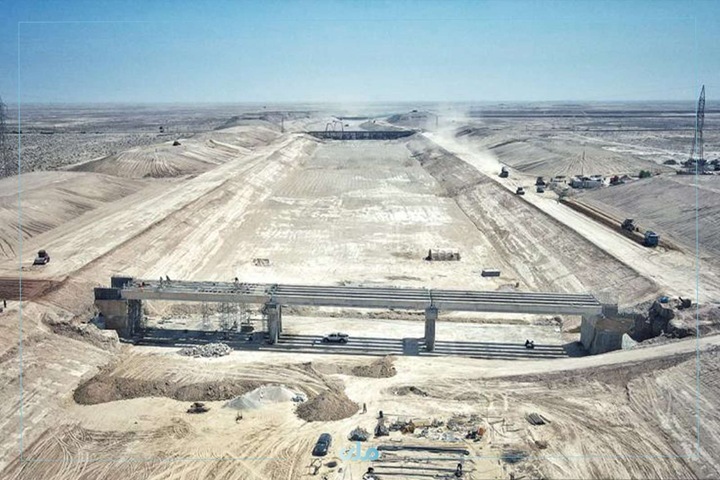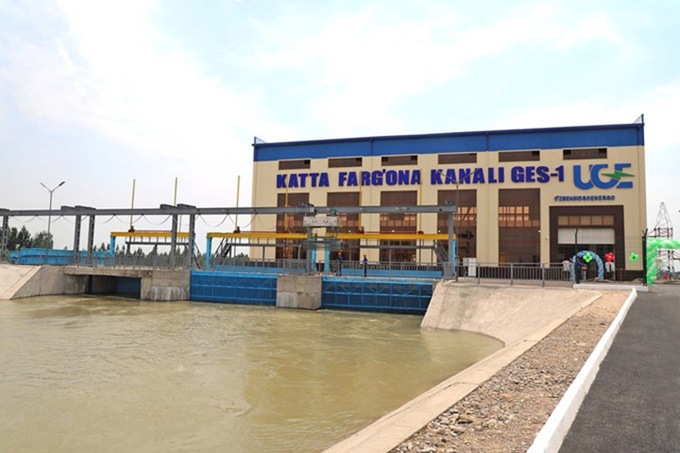Reservoirs of Kazakhstan: new experiments to prepare for the flood?
Usually in winter, the water level in the Sergeyevsky reservoir in the North Kazakhstan region drops 50-70 cm below the dam level, and by December the reservoir mirror is completely frozen, and the recorded water level does not change until spring. The incoming water passes through the hydroelectric power station built into the dam and continues its course towards Petropavlovsk already under ice and a thick layer of snow. However, after the spring flood of 2024, Kazakhstan continues to drain water from regulated reservoirs in winter, for example, from the Astana reservoir. Because of this, the usual cycle is broken at unregulated reservoirs, Petropavlovsk tells the publication.news:
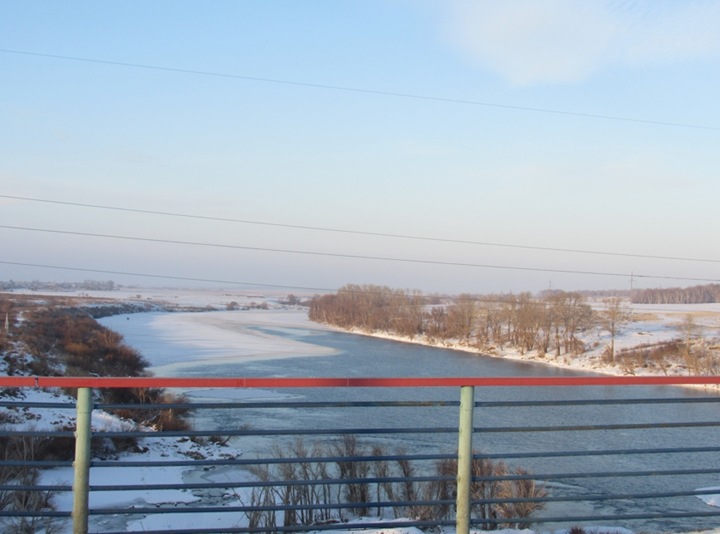
Residents of Sergeevka published a photo of the waterworks in the group “Sergeevka, news and more”, January 5. The photo clearly shows that the water continues to overflow over the crest of the dam in the middle of winter.
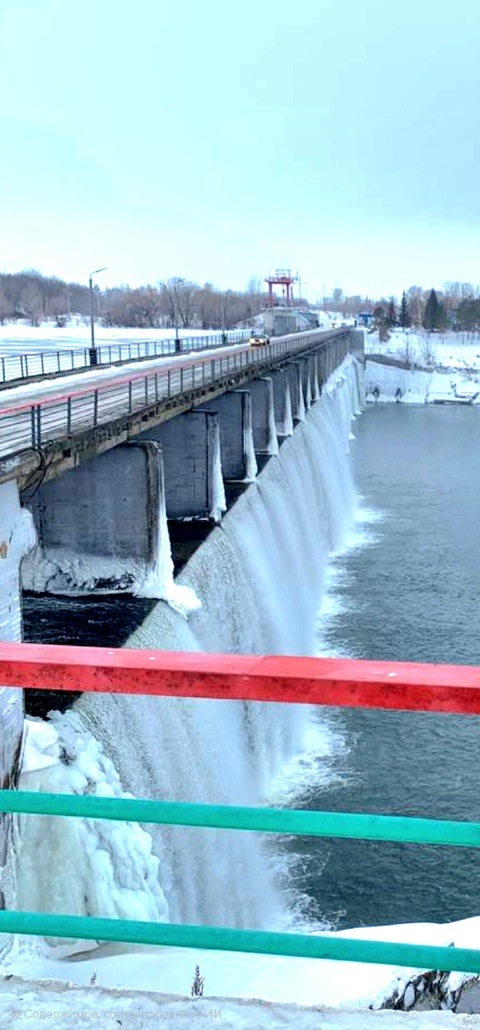
This is an extremely unusual picture for winter. Usually at this time, water pours only from the pipe under the engine room of the hydroelectric power station inside the concrete dam, where the hydroelectric power station and its control panel are located. There is a daily shift of a dozen people who serve the technical needs of all units.
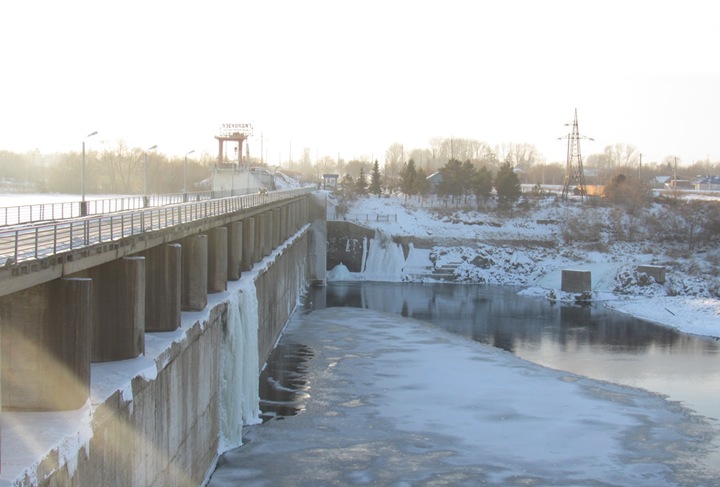
This is how the dam in Sergeyevka usually looks at the beginning of January. Photo of 2019.
The water passing through the turbines simultaneously provides enough electricity to illuminate the city of Sergeevka. And all this happens practically — under water. The Sergeyevsky “sea” itself is a serene white desert at this moment.

But not this year.
On January 6, at a staff meeting of the Ministry of Water Resources and Irrigation of Kazakhstan, preparations for the flood period were discussed: free tanks are being released in the country’s reservoirs.
— The volume of water in the Astana reservoir was reduced to 83%: from December 20, 2024 to January 3, 2025, 5.06 million cubic meters of water were discharged from it. By April 1, 2025, the Ministry plans to reduce the volume of water in the reservoir to 300 million cubic meters, or up to 73%, the press service of the Ministry of Water Resources reports.
By the way, this is a good indicator of how little water discharges from the Astana reservoir actually affect the volume of water passing through Sergeevka. In Northern Kazakhstan, they persistently cultivate the myth that a big flood is when “the water was drained in Astana,” and it flooded everything. Of course, there is more water, its level is rising, but these are not volumes that can cause a disaster in the settlements downstream. Let me remind you that at the peak of the spring flood, 3,600 cubic meters of water per second passed through the Sergeevsky hydroelectric complex. That is, at the peak of the flood, the above volume (5.06 million cubic meters of water in Astana) would have flown in 24 minutes…
Since now the overflow over the crest of the dam is only 10-12 cm, the water from Astana has raised the Ishim level in the Sergeyevka area, but will soon decline. However, taking into account the plans of the Ministry of Water Resources to continue draining water from regulated reservoirs, the water level in the Sergeyevsky reservoir will fluctuate until spring and periodically overflow over the crest of the dam, not allowing the river to freeze normally downstream.
Here we can return to an important thought: it seems that the actions of the Ministry of Water Resources are unprofessional and useless. Draining water from reservoirs in winter is an absolutely populist occupation, since most of the flood waters enter the reservoirs in the spring, when the snow begins to melt. The volume of water in the reservoirs cannot significantly affect the passage of the spring flood … we have already written about this when we noticed an unusual storm wave overflowing through the dam in Sergeevka.
How such actions of the Ministry of Water Resources of Kazakhstan will affect the fauna of the Ishim River, one can only guess … For the normal passage of the spring flood, it is necessary to make additional regulated reservoirs, remove cottages from areas of possible flooding, build dams around the low-lying neighborhoods of cities. Draining water from reservoirs that will be filled with flood waters in just a few hours is pointless, if only because there are only two really large reservoirs in Kazakhstan, the volume of which can affect something — Bukhtarma and Kapshagai.
The Astana reservoir, by general standards, is dwarfed, it is even less than Sergeyevsky by almost two times.
By the way, by the middle of winter it has become almost obvious that the flood of 2025 will be weak. But not because of the actions of the Ministry of Water Resources. Due to the abnormally warm start of winter in Kazakhstan, not all water bodies have frozen, there is incomplete ice on large reservoirs, the thickness of ice on lakes is half that of last year, and the snow cover is much lower than normal.… So the convulsive measures to prevent a new flood, which were needed last year, cold and snowy, this year is a waste of time and a show-off.
Andrey Novikov (Petropavlovsk.news)

